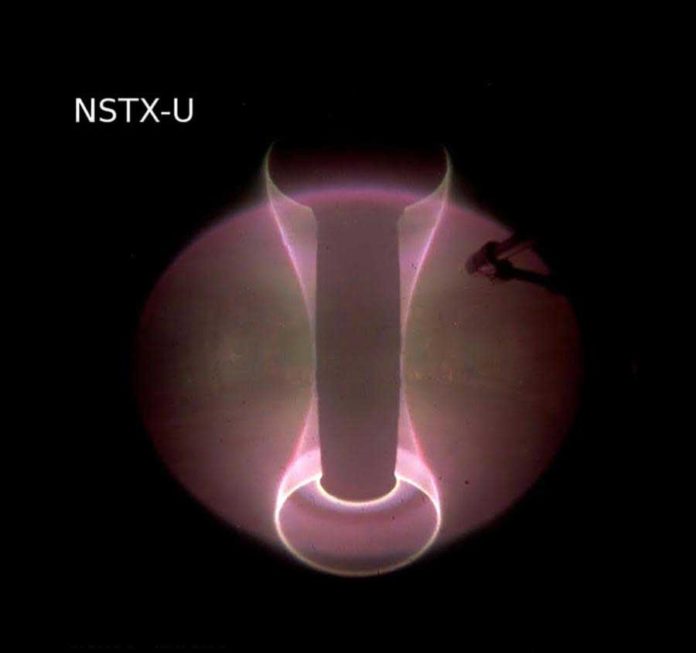Machine learning is an application of artificial intelligence (AI) that provides systems the ability to automatically learn and improve from experience without being explicitly programmed. Machine learning focuses on the development of computer programs that can access data and use it to learn for themselves.
Machine learning (ML), a form of artificial intelligence that recognizes faces, understands language and navigates self-driving cars, can help bring to Earth the clean fusion energy that lights the sun and stars. Now, it will help to create a model for rapid control of plasma — the state of matter composed of free electrons and atomic nuclei, or ions — that fuels fusion reactions.
The sun and most stars are giant bundles of plasma that experience steady fusion reactions. On Earth, scientists need to heat and control the plasma to make the particles to fuse and discharge their energy. This study demonstrates that ML can encourage such control.
Scientists during the study trained neural networks on data produced in the first operational campaign of the National Spherical Torus Experiment-Upgrade (NSTX-U), the flagship fusion facility, or tokamak, at PPPL. The model was able to precisely reproduce predictions of the behavior of the energetic particles produced by powerful neutral beam injection (NBI) that is used to fuel NSTX-U plasmas and heat them to million-degree, fusion-relevant temperatures.
These predictions are normally generated by a complex computer code called NUBEAM, which incorporates information about the impact of the beam on the plasma. Such complex calculations must be made hundreds of times per second to analyze the behavior of the plasma during an experiment. But each calculation can take several minutes to run, making the results available to physicists only after an experiment that typically lasts a few seconds is completed.
The software also diminishes the time required to precisely predict the behavior of energetic particles to under 150 microseconds — enabling the calculations to be done online during the experiment.
This technique combines ML predictions with the limited measurements of plasma conditions available in real-time. The combined results will help the real-time plasma control system make more informed decisions about how to adjust beam injection to optimize performance and maintain the stability of the plasma — a critical quality for fusion reactions.
